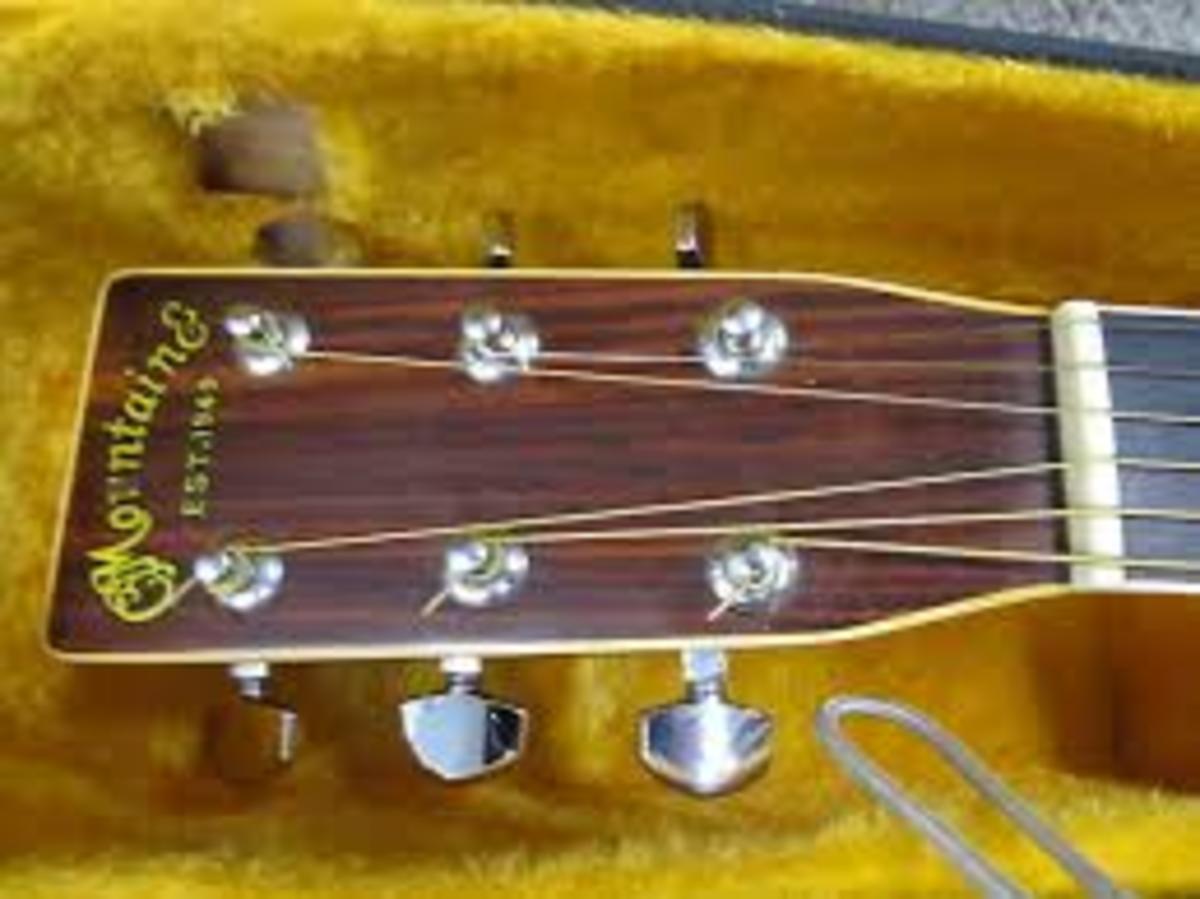Guitar Education: Learning guitar, the basics
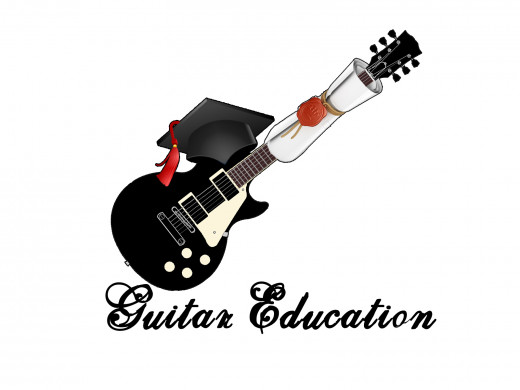
Introduction
So you want to learn guitar. That's a great thing to learn. Playing music gives one a creative outlet and builds self-confidence. Not only that it can be a very rewarding career in many aspects.
Education
Learning guitar itself without having any musical background can leave a person with many questions that go unanswered for years. The confusions a person encounters when beginning a new subject may at first seem intimidating to some and even allows the person to use the confusions as an excuse to drop the subject completely. For that reason many people say things like "it's a gift they have" or "they're a natural" or "I'm not musically inclined." They have failed to get the confusions they may or may not be aware of understood.
Having taught music for over a decade I have seen this repeatedly with many students who actually knew how to play but had problems progressing in their abilities fail to answer basic questions in music. I have also seen students who were eager to learn to very quickly turn their excitement into disappointment and frustration. Having come across something in music that wasn't understood they stopped learning. Even though the person continued passed that confusion they either knowingly or unknowingly had, they couldn't actually learn the principle that was being taught.
Doing that, even though it seems like a good idea, leaves a gap in a person's understanding of music. What happens is the person can't apply that part and later down the road they will come across that area again and make more gaps in their musical education. Let's take building a house for an example of learning guitar, first you need to make a foundation so that these house has something solid to rest on otherwise it will topple or sink. Same thing goes for learning guitar. You must have a strong foundation to build your skills from or you will not progress. The foundation in learning guitar is understanding the basic principles of music. This doesn't mean you have to learn how to read music but it doesn't hurt.
Terminology
You, as a first action before you even pick up the guitar, should understand some of the basic terms of music and guitar. The word guitar actually means 4 strings (more strings were added later)
A note is one single sound, it can last a brief moment or it can last a long time. There is more on that subject of notes and how long they can last but we will save that for a little bit later. A chord is three or more notes played at the same time. It doesn't matter what combination of notes are played as long as they're played at the same time and that there are three of them or more. A scale is a series of notes that go higher or lower that start and end on a certain note. Rhythm is the pattern of regular or irregular pulses in music. A melody is the combination of notes with rhythm to produce a distinct musical idea. Harmony is the combination of notes that sound pleasing to the ear, chords can be considered to be a harmony. Strumming is the action of striking the strings in a rhythmic pattern. With these terms understood as well as many others, one has a very good foundation as far as it goes to learning guitar and being prepared to actually develop and hone your skills. From here it becomes very easy to see what you actually need to learn and be working on in order to be more competent in playing guitar.
Guitar parts and usage
But now what about the guitar itself? There are various parts to the guitar and they need to be understood for you to be able to use all of them.
The body
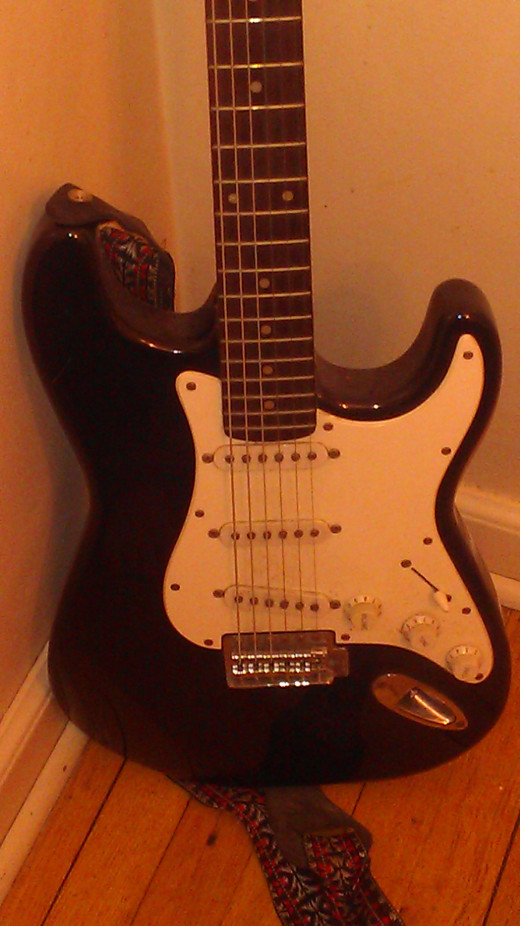
The neck
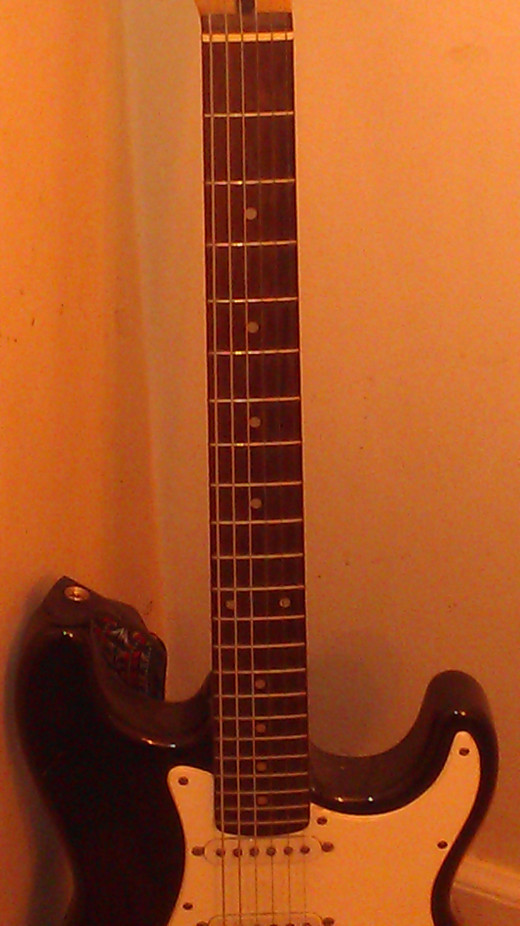
The headstock. The word stock in headstock refers to the moving parts on the head of the guitar.

The nut. It holds he strings in place.
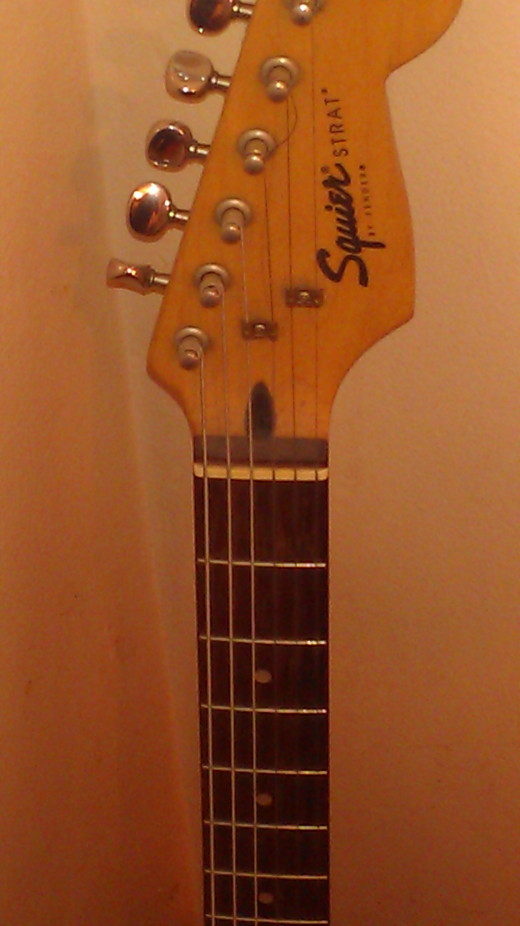
The neck can also be called the fretboard as there are frets. Frets are thin slivers of metal put on the flat part of the neck to help make the notes sound dis
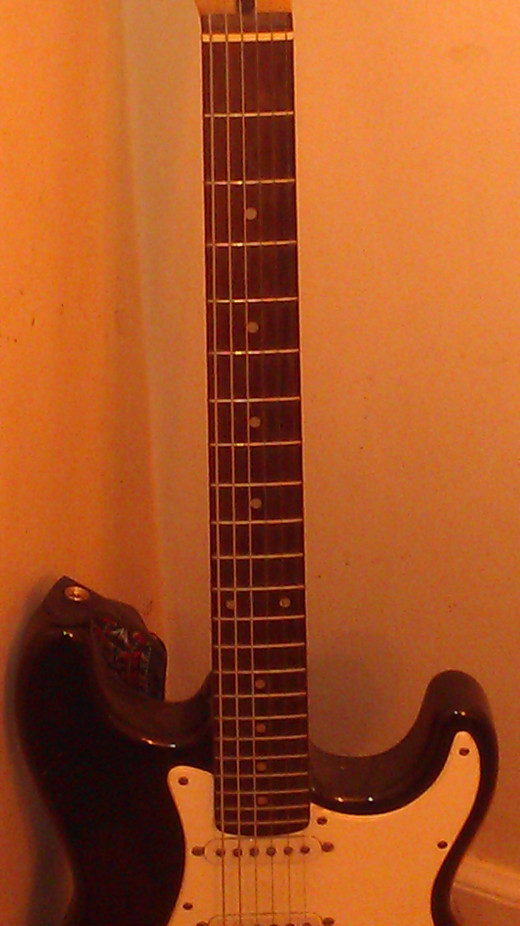
What kind of guitar you have will make a difference here. With an acoustic guitar (a guitar whose sound is produced naturally) you have a soundhole.
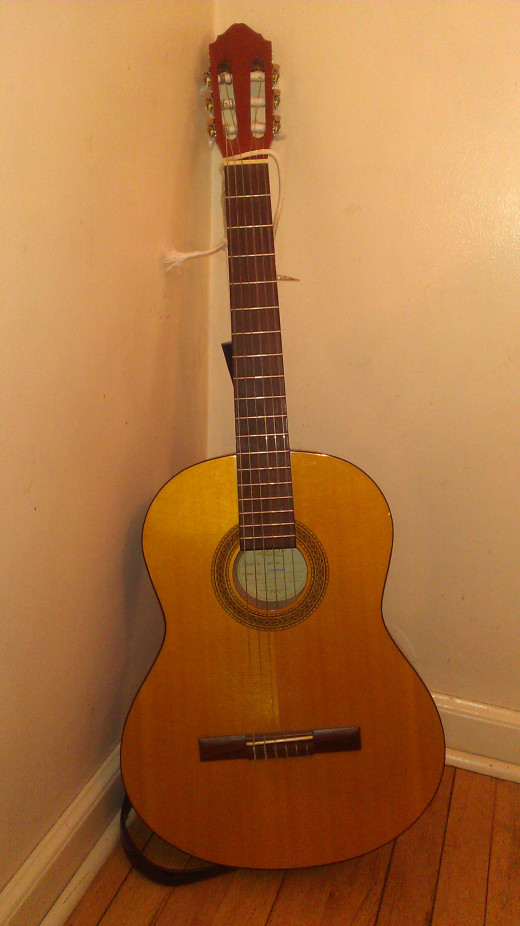
On an electric guitar you have what is called a pickup. It picks up the sound of the strings vibrating and changes it into an electrical impulse that travels t

Conclusion
These are just some of the basics to getting started in understanding and learning guitar. If you have any questions or comments just ask below.



